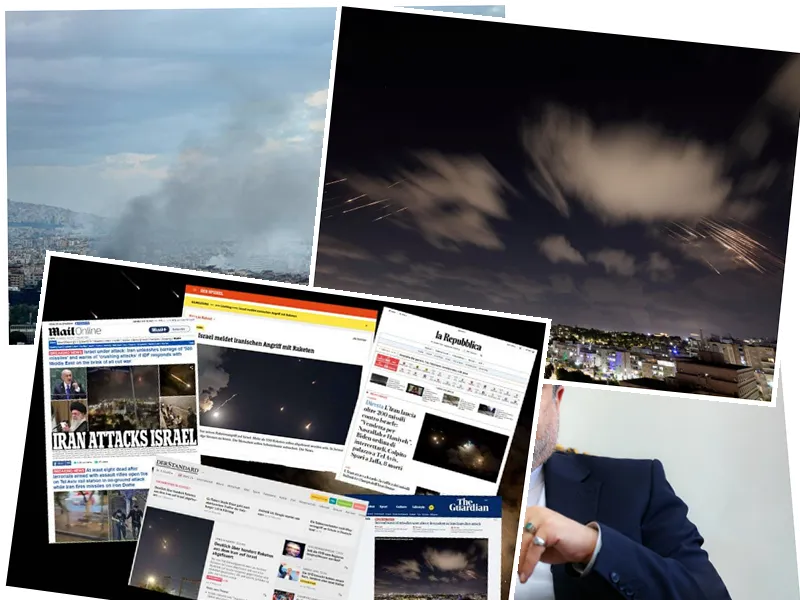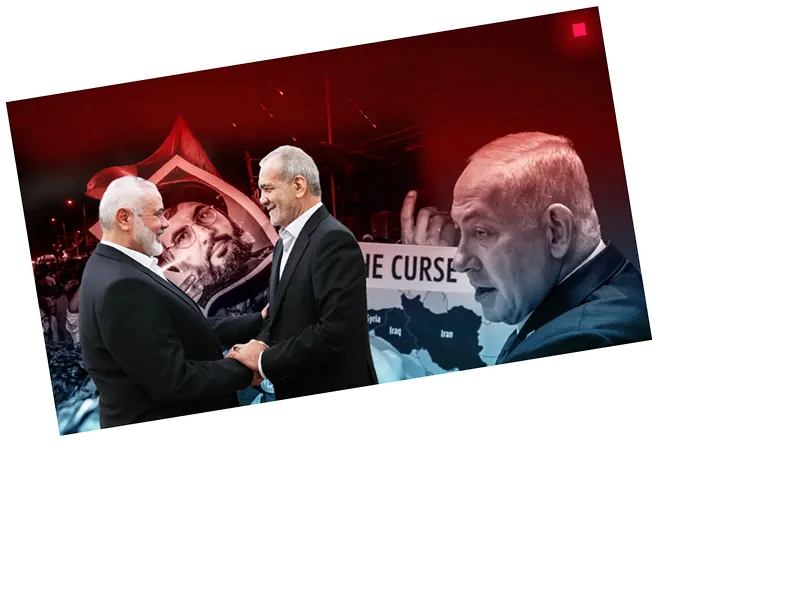Heightened Military Readiness Amid Rising Tensions
Amid escalating tensions in the Middle East, Israeli Defense Forces (IDF) have confirmed increased aerial operations focused on monitoring Iranian and Hezbollah activities. This strategic move aims to bolster intelligence gathering and prepare for potential threats to Israel's security. The IDF's General Headquarters has conducted simulations to respond to various scenarios, including possible attacks on missile batteries and unusual military deployments that could threaten the Israeli home front.
The IDF's readiness contrasts sharply with the situation on October 7th, as forces across air defense, land borders, and intelligence units are on high alert. The possibility of a pre-emptive strike by the IDF against targets in Lebanon or Iran raises concerns about a broader conflict, potentially involving the United States. The U.S. military is also ramping up its presence in the region, including aircraft and naval assets, to deter any aggressive moves from Iran and its affiliates.
Concerns Over Iranian Aggression
Recent reports from various sources, including the Washington Post and Fox News, suggest that Iran may be planning a direct attack against Israel in the near future. These fears are compounded by the potential for Israel and the U.S. to target Iran's nuclear facilities, which could escalate tensions further. National Security Council spokesman John Kirby has indicated that the U.S. is preparing for significant Iranian attacks, emphasizing the need for military readiness in the region.
As tensions rise, Kirby confirmed that President Biden has engaged with European leaders to discuss the situation, underscoring the international dimension of these conflicts. The U.S. remains committed to supporting Israel while navigating the complexities of regional diplomacy. With military capabilities expanded, the focus now shifts to preventing escalation through dialogue and cooperation among allies.
The Potential for Multi-Arena Conflict
The scenario of a multi-frontal conflict involving Israel, Iran, and their respective allies poses a significant risk of widespread destruction, particularly in Lebanon and Iran. Analysts warn that such a conflict could expose critical infrastructure, including Iran's nuclear facilities, to severe attacks. The situation remains fluid, with both diplomatic efforts and military preparations underway as all parties seek to navigate this precarious landscape.
In summary, the heightened military readiness of the IDF, coupled with fears of Iranian aggression and the potential for broader conflict, underscores the urgency of the current geopolitical landscape in the Middle East.
- The ongoing tensions in the Middle East have put a spotlight on the complex relationships between Israel, Iran, and various militia groups. The IDF's proactive measures reflect a strategic shift in response to perceived threats, particularly from Iran's ballistic missile capabilities. As the situation evolves, the international community watches closely, weighing the implications of military actions and diplomatic negotiations. Furthermore, the involvement of the U.S. military in the region highlights the global stakes of the conflict. America's commitment to Israel's defense remains strong, but the potential for escalation necessitates careful diplomatic engagement to avoid a broader war.






